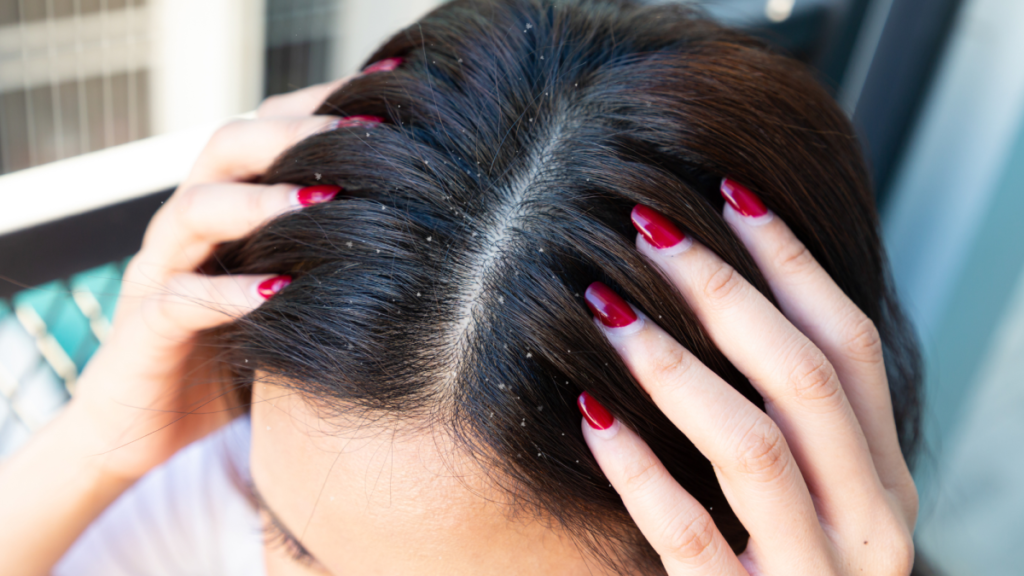
When you notice white flakes on your shoulders or experience scalp itchiness, it’s easy to jump to the conclusion that you have dandruff. However, dandruff and dry scalp are two distinct scalp conditions with different causes and treatments. In this article, we’ll explore the differences between the two and help you identify whether you’re dealing with dandruff or dry scalp.
Dandruff: The Basics
Dandruff, medically known as seborrheic dermatitis, is a common chronic condition that affects the scalp. It’s characterized by:
- Oily, Greasy Scalp: Dandruff is often associated with excess oil production on the scalp, leading to a greasy appearance.
- Yellow or White Flakes: The flakes associated with dandruff tend to be larger, greasier, and yellowish or white in color.
- Itchiness: Dandruff can be accompanied by itching, which is often intense and can lead to scratching.
Dry Scalp: The Essentials
Dry scalp, on the other hand, is a condition caused by a lack of moisture on the scalp. It’s characterized by:
- Dryness and Tightness: Dry scalp typically feels tight and dry, with a lack of natural oils.
- Small, White Flakes: Flakes associated with dry scalp are smaller and whiter in appearance compared to dandruff.
- Mild Itching: While itching can occur with dry scalp, it’s usually milder than the intense itching experienced with dandruff.
How to Tell the Difference
- Examine the Flakes: Take a closer look at the flakes. If they are small, white, and relatively dry, it’s more likely to be dry scalp. Larger, greasier flakes are a sign of dandruff.
- Assess Scalp Moisture: Consider the overall moisture level of your scalp. If your scalp feels dry, tight, and lacks oil, it’s likely dry scalp. An oily or greasy scalp suggests dandruff.
- Consider Other Symptoms: Think about any accompanying symptoms. Dandruff is often associated with more intense itching and redness, while dry scalp may cause mild itching and tightness.
- Check for Associated Conditions: Sometimes, dandruff can be linked to conditions like seborrheic dermatitis, psoriasis, or fungal infections. If you suspect any of these conditions, consult a dermatologist for a proper diagnosis.
Treatment
Now that you can differentiate between dandruff and dry scalp, let’s talk about treatment:
- Dandruff: Dandruff can usually be managed with anti-dandruff shampoos containing active ingredients like selenium sulfide, ketoconazole, or zinc pyrithione. Use these shampoos regularly to control symptoms.
- Dry Scalp: For dry scalp, focus on moisturizing. Use a gentle, hydrating shampoo and conditioner. Scalp massages with natural oils like coconut oil or olive oil can also help relieve dryness.
- Both: Regardless of whether you have dandruff or dry scalp, avoid excessive use of hot water and harsh shampoos, which can exacerbate both conditions. Be consistent with your chosen treatment approach.
In conclusion, understanding the difference between dandruff and dry scalp is crucial for effective treatment. By correctly identifying your scalp condition, you can choose the right products and routines to promote a healthier, itch-free scalp.
Remember, if your symptoms persist or worsen despite at-home treatments, consult a Trichologist for a professional evaluation and personalized advice.

